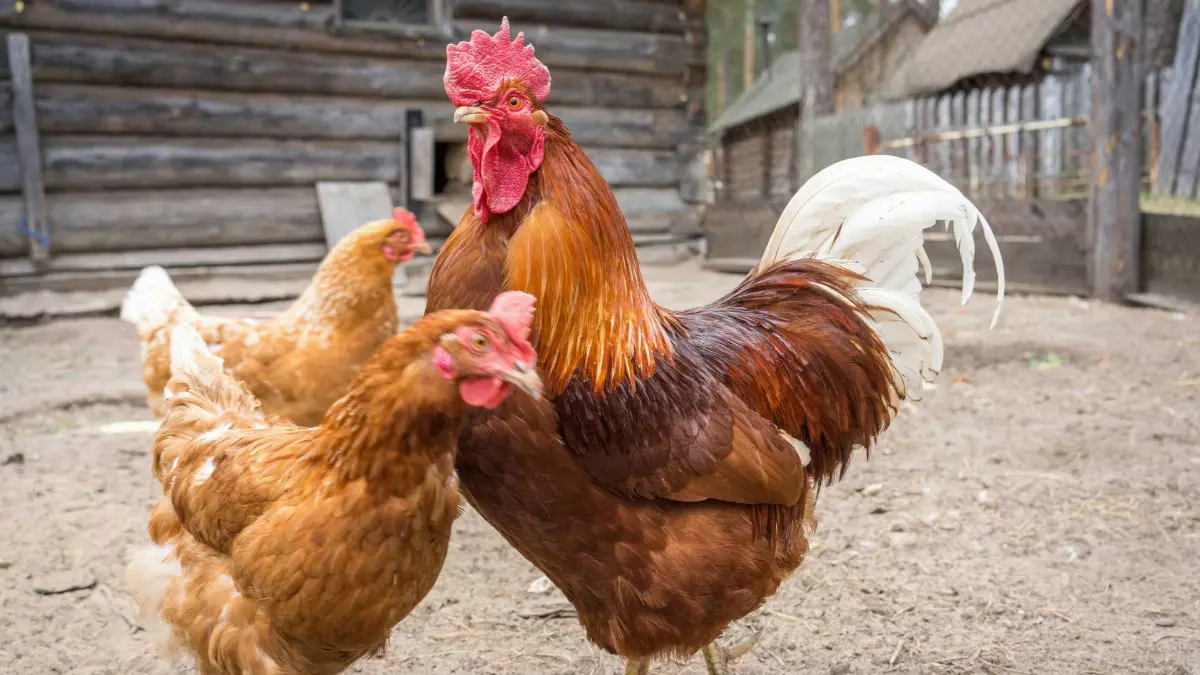
Do you want to access to this and other private contents?
Log in if you are a subscriber or click here to request service
Cage-free farms? Consumers care little
55% of customers would only care about price; producers only care about revenue

In Europe is one of the new frontiers of healthy food that the EU, or rather Efsa, is putting forward as a flagship. It was just a few days ago that the European Food Safety Authority plans to avoid the practice of mutilation, food restriction, and the use of cages in order to improve the welfare of broiler chickens and laying hens on the farm. The same issue, overseas, seems to be giving rise to no...
fc - 29731
EFA News - European Food Agency
EFA News - European Food Agency